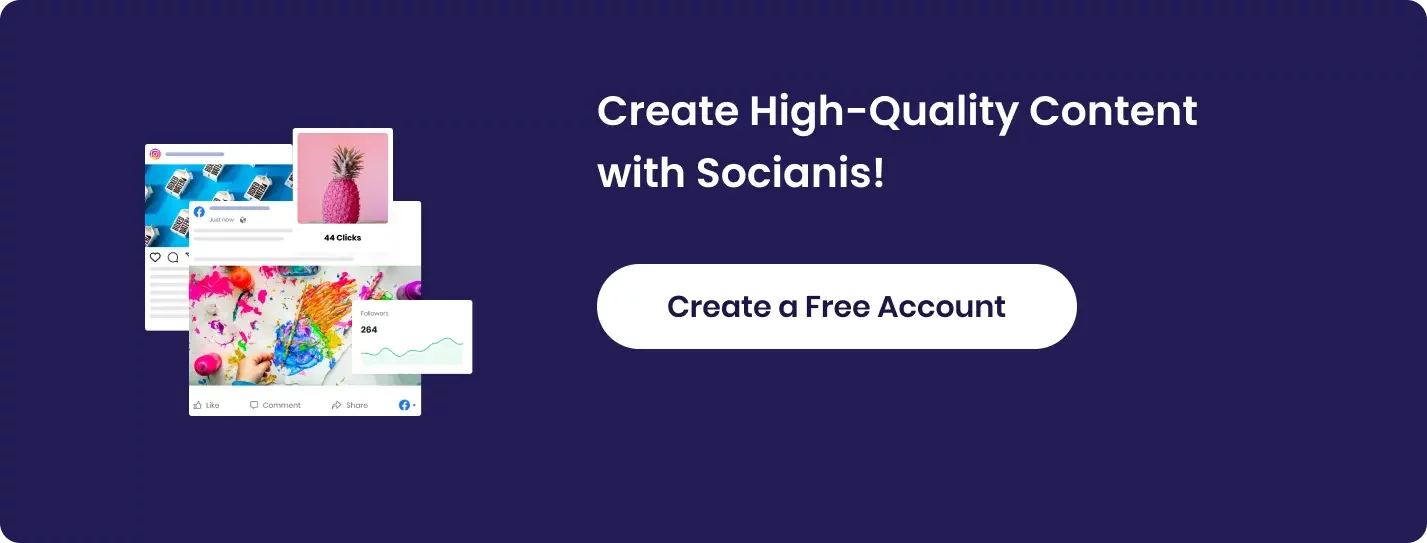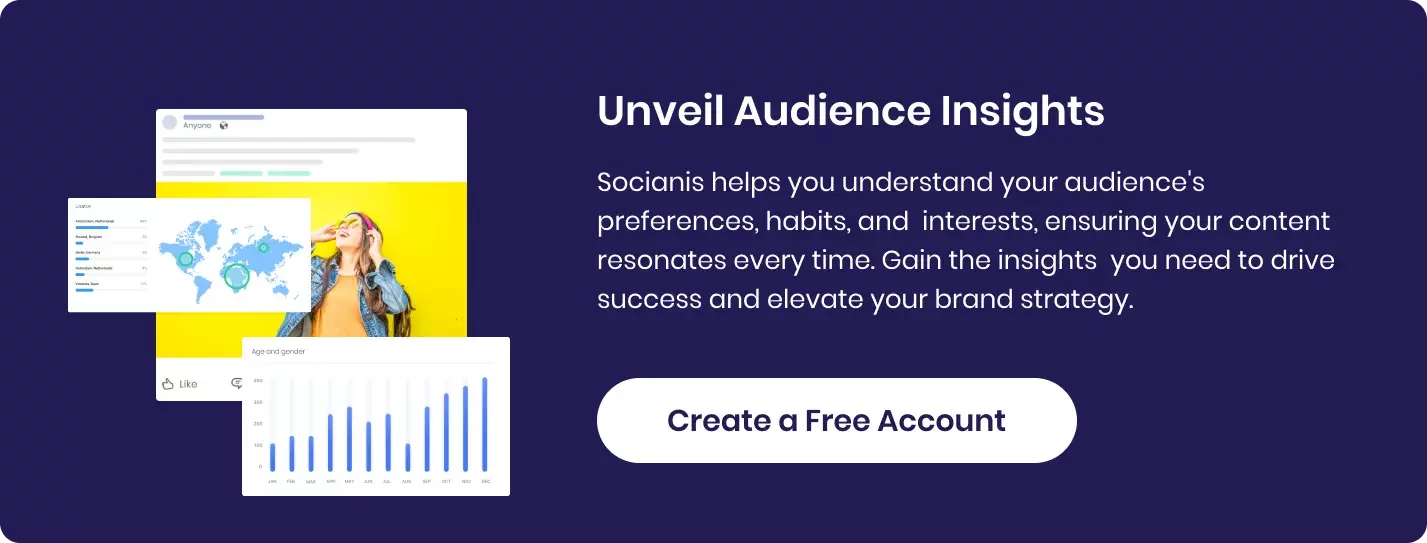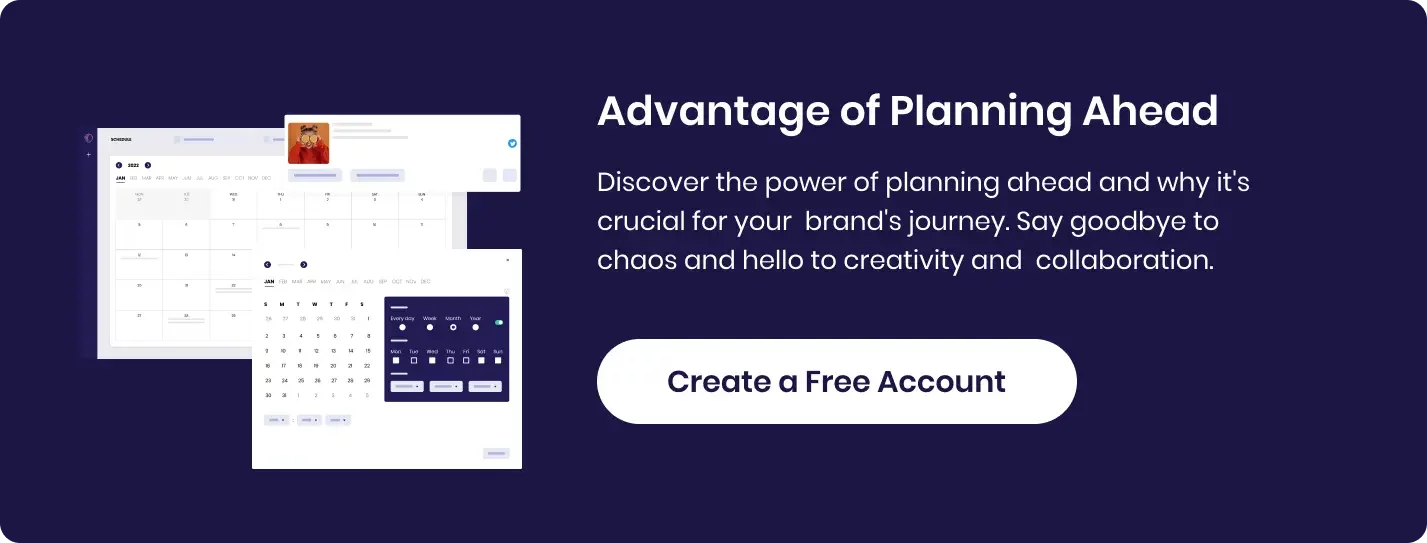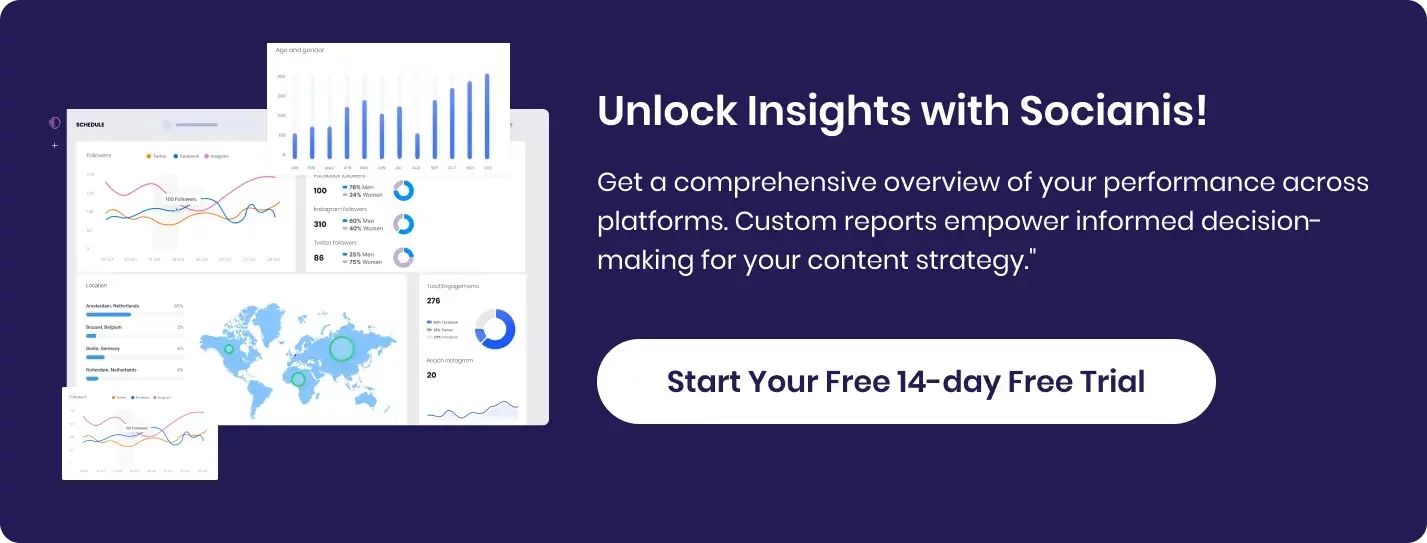How to Consistently Create High-Quality Content That Engages Your Audience

How to Consistently Create High-Quality Content That Engages Your Audience
In today's digital landscape, creating high-quality content that consistently engages your audience is more important than ever. With the vast amount of information available online, standing out and capturing your audience's attention can be challenging. This blog post aims to provide you with practical tips and strategies to help you create compelling content that resonates with your readers, builds trust, and encourages ongoing engagement. By incorporating these SEO-friendly techniques, you'll not only attract more readers but also improve your search engine rankings.
The Importance of High-Quality Content
Before diving into the how-to, it's essential to understand why high-quality content is so crucial. Engaging content not only attracts readers but also keeps them coming back for more. It helps establish your authority in your niche, fosters trust with your audience, and can significantly improve your search engine rankings. By consistently delivering valuable content, you build a loyal community around your brand, which can lead to increased conversions and long-term success.
Why Engaging Content Matters
High-quality, engaging content is the backbone of any successful digital marketing strategy. It serves multiple purposes: educating your audience, establishing your brand's authority, and driving organic traffic to your website. When your content resonates with readers, they are more likely to share it, link back to it, and become repeat visitors. This not only boosts your search engine optimization (SEO) but also helps in building a robust online presence.

Know Your Audience
Understand Their Needs and Preferences
To create content that resonates, you must first understand your audience. What are their interests, pain points, and preferences? Conducting audience research through surveys, social media interactions, and analytics can provide valuable insights. Knowing what your audience cares about allows you to tailor your content to meet their needs, making it more likely to engage them.
Audience Research Tools
There are several tools available to help you understand your audience better. Google Analytics provides insights into user behavior on your site. Social media platforms like Facebook and Instagram offer analytics tools to understand your audience's demographics and engagement patterns. Additionally, tools like BuzzSumo can help you discover what content is trending in your niche.
Create Audience Personas
Developing detailed audience personas can be incredibly helpful. These fictional characters represent your ideal readers and help you keep their preferences in mind as you create content. Consider their age, profession, interests, gender, location, experience, and challenges. The more detailed your personas, the better you can tailor your content to engage them.

Plan Your Content
Develop a Content Calendar
Consistency is key in content creation. A content calendar helps you plan and organize your posts in advance, ensuring you maintain a steady flow of content. Outline topics, publish dates, and key events relevant to your audience. This proactive approach helps you stay on track and avoid last-minute scrambles.
Benefits of a Content Calendar
A content calendar not only ensures consistency but also helps in strategic planning. It allows you to align your content with marketing campaigns, product launches, and seasonal trends. This ensures that your content is timely and relevant, which is crucial for audience engagement and SEO.

Brainstorm Content Ideas
Generating content ideas can sometimes be challenging. Consider various sources of inspiration, such as industry news, audience questions, trending topics, and competitor content. Regular brainstorming sessions can keep your content fresh and relevant. Encourage your team to contribute ideas, as diverse perspectives can lead to more creative content.
Content Idea Generation Tools
Several tools can assist in brainstorming content ideas. Answer the Public provides a visual representation of common questions people ask about a topic. Google Trends shows what topics are currently popular, while SEMrush and Ahrefs offer insights into what your competitors are writing about. Using these tools can spark ideas and ensure your content remains relevant.
Crafting Engaging Content
Write Compelling Headlines
Your headline is the first thing readers see, and it can make or break their decision to read your content. Craft headlines that are clear, concise, and intriguing. Use power words and numbers to grab attention. For example, "10 Proven Tips to Create Engaging Content That Converts" is likely to attract more readers than a generic title.
Headline Writing Tips
To write compelling headlines, consider using emotional triggers and addressing your audience directly. Questions, how-to statements, and lists are particularly effective. Tools like CoSchedule’s Headline Analyzer can help you craft headlines that are more likely to perform well.
Focus on Quality Over Quantity
While it's essential to post regularly, quality should never be compromised. High-quality content is well-researched, informative, and provides value to your readers. Take the time to ensure your content is error-free and professionally presented. Remember, one well-crafted post can have more impact than several mediocre ones.
Ensuring Content Quality
To ensure content quality, focus on thorough research and proper formatting. Use credible sources and include data to back up your claims. Additionally, employing a professional editor or using tools like Grammarly can help eliminate errors and enhance readability.
Use Visuals Wisely
Incorporating visuals such as images, infographics, and videos can significantly enhance your content. Visuals break up text, make your posts more engaging, and help convey information more effectively. Ensure your visuals are high quality and relevant to your content.
Visual Content Tools
There are numerous tools available to help you create stunning visuals. Canva is excellent for creating custom graphics and infographics, while Unsplash and Pexels provide high-quality, royalty-free images. For video content, platforms like Animoto and Adobe Spark can help you produce professional-looking videos with ease.
Optimize for Engagement
Encourage Interaction
Engagement goes beyond just reading your content. Encourage your audience to interact by asking questions, prompting comments, and inviting them to share your posts. Respond to comments and engage with your readers to build a sense of community.
Interactive Content Ideas
Interactive content can significantly boost engagement. Consider incorporating polls, quizzes, and surveys within your posts. Live videos and webinars also offer real-time interaction opportunities. By engaging directly with your audience, you create a more immersive experience that can drive higher levels of engagement.
Utilize Call-to-Actions (CTAs)
CTAs guide your readers on what to do next, whether it's subscribing to your newsletter, downloading a resource, or leaving a comment. Make your CTAs clear, compelling, and relevant to the content. Effective CTAs can significantly increase reader interaction and conversions.
Crafting Effective CTAs
To create compelling CTAs, use action-oriented language and convey a sense of urgency. Phrases like “Download Now,” “Join Today,” or “Get Started” are particularly effective. Ensure that your CTAs stand out visually and are strategically placed within your content.
Measure and Adjust
Analyze Your Performance
Regularly review your content's performance using analytics tools. Track metrics such as page views, engagement rates, and conversion rates. Analyzing these metrics helps you understand what works and what doesn't, allowing you to adjust your strategy accordingly.
Key Performance Indicators (KPIs)
Understanding and identifying the Key Performance Indicators (KPIs) that are most relevant to your content goals is essential for measuring success. KPIs serve as measurable values that indicate how effectively you are achieving your content objectives. Some crucial KPIs to consider include:
- Time on Page: This metric indicates how long visitors stay on a particular page. Longer times suggest that your content is engaging and valuable to your audience.
- Bounce Rate: This measures the percentage of visitors who leave your site after viewing only one page. A high bounce rate might indicate that your content isn't meeting user expectations or needs improvement.
- Social Shares: The number of times your content is shared on social media platforms. High social share counts can amplify your reach and indicate that your content resonates with your audience.
- Lead Generation: This tracks the number of leads generated through your content. Effective content should drive potential customers to take action, such as filling out a contact form or subscribing to a newsletter.
By regularly monitoring these KPIs, you can gain detailed insights into your content's performance and effectiveness. Google analytics and Socianis offers comprehensive analytics tools that provide in-depth data on these metrics, helping you refine your strategy and enhance your content's impact.

Iterate and Improve
Content creation is an ongoing process of learning and improvement. Use the insights gained from your performance analysis to refine your approach. Experiment with different content types, formats, and posting schedules to find what resonates best with your audience.
Continuous Improvement Strategies
Adopt a mindset of continuous improvement. Regularly review your content strategy and make adjustments based on performance data and audience feedback. Stay updated with industry trends and incorporate new techniques and tools to keep your content fresh and engaging.
Conclusion
Creating high-quality, engaging content consistently is no small feat, but it's crucial for building a loyal audience and achieving long-term success. By understanding your audience, planning effectively, crafting compelling content, optimizing for engagement, and continuously measuring and adjusting your efforts, you can create content that stands out and resonates with your readers.
